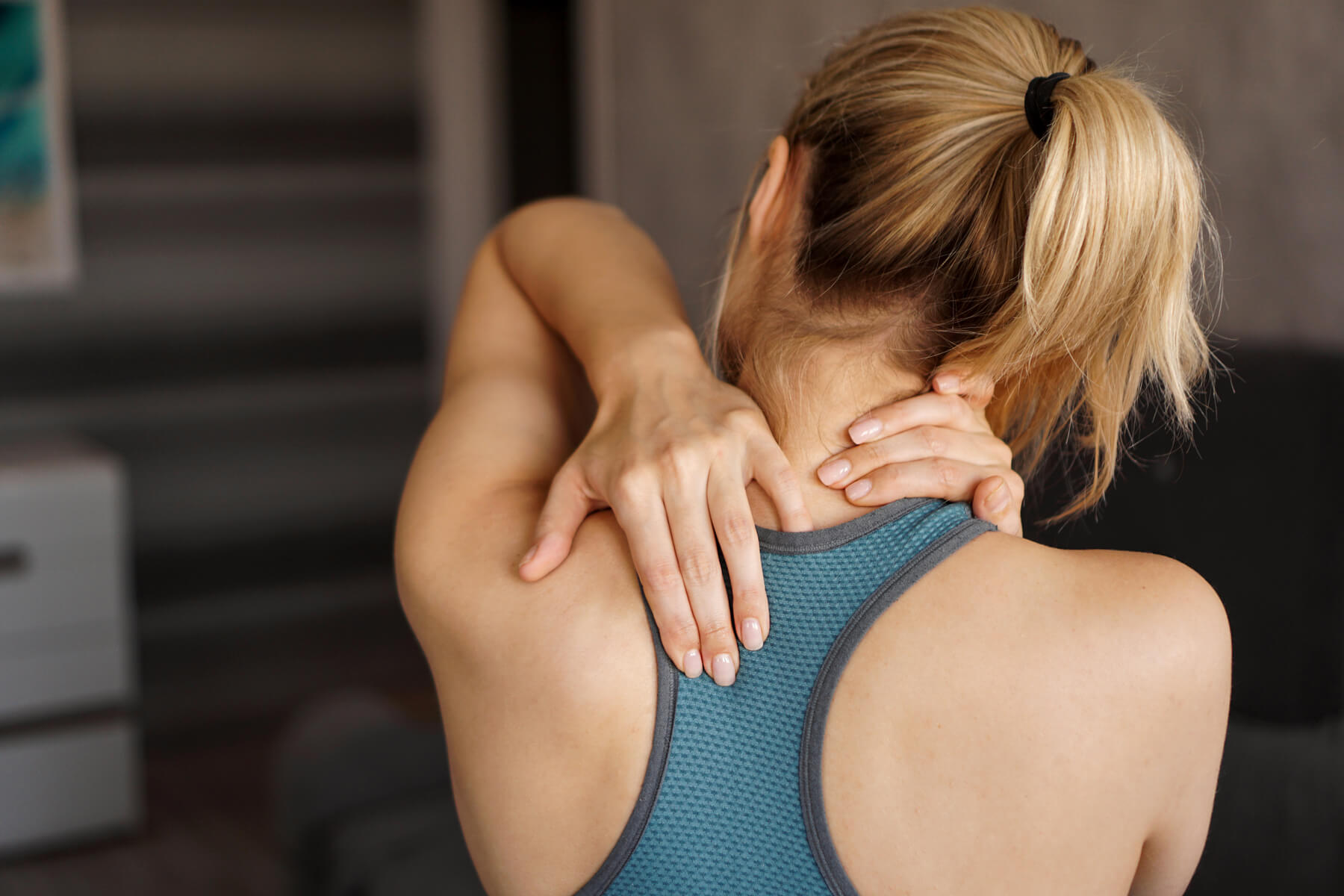
Post-Workout Pain: How to Know When to Worry?
Post-workout pain – how to tell if what you’re feeling is normal or if you need to consult a specialized professional? Today, we’ll find out
We all experience post-workout pain, and that’s something you need to understand right from the start. In fact, it’s so common that it becomes a part of the daily life of various professionals; even trained athletes face these common exercise companions every day.
But how do you know if the pain you’re feeling is normal and part of the progress? Or if there’s a real problem that needs to be assessed before the situation worsens?
Well, today, we’ve prepared a comprehensive article about post-workout pain to ensure you’re on the right track. However, it’s always good to remember that this article should not replace a consultation with your trusted medical professional, okay?
Join us!
Warning signs: when post-workout pain is not normal
In general, it’s normal to feel a certain level of discomfort or pain after a workout, especially if you’re starting a new exercise routine or increasing the intensity of your sets. Known as Delayed Onset Muscle Soreness (DOMS – we’ll explain it in detail, hang on), this discomfort usually appears between 24 to 48 hours after physical activity.
However, there are some situations where post-workout pain is not normal and may indicate a problem. Here are some warning signs:
Acute pain
DOMS usually causes a constant feeling in the worked muscles. However, if the pain is sharp or intense to the point of affecting mobility or quality of life, it could be a sign of muscle injury, such as a strain.
It’s essential to emphasize that if the pain is preventing you from performing normal movements, such as climbing stairs or lifting objects, this could also be a sign of an injury that requires medical attention.
Pain that increases over the days
While DOMS generally improves and disappears in a few days, pain that persists for a week or more or worsens over time may indicate a more serious injury.
Hematoma or inflammation
If you notice swelling or bruises in the painful area, it could be a sign of an injury that requires medical attention.
Fever
Post-workout muscle pain should not be associated with a fever. If it does, it could be a sign of an infection or a more severe condition like rhabdomyolysis.
If you experience any of these symptoms, it’s important to seek medical advice. Ignoring the signs and continuing to train can result in more severe and prolonged damage. Remember: post-workout pain should be temporary discomfort, not a permanent obstacle.
Understanding Delayed Onset Muscle Soreness (DOMS)
Delayed Onset Muscle Soreness, commonly known by the acronym DOMS, is a phenomenon that occurs after engaging in physical activities. It is connected to muscle recovery.
This muscular pain is caused by the tension that physical exercises impose on the body, especially when we are not accustomed to that particular activity. When muscles are subjected to a workload greater than they are used to, small microscopic tears can occur in the muscle fibers. This is not necessarily a negative thing – it is actually an essential component of the muscle strengthening process. As the body repairs these microtears, the muscles adapt to become stronger and more resistant to the same type of stress in the future.
In terms of symptoms, DOMS usually manifests as significant discomfort, often accompanied by a feeling of stiffness. It typically appears between 24 to 48 hours after the effort.
It’s a pain that can last for a few days, in some cases, up to a week, but it generally decreases naturally over time.
How to prevent and treat post-workout pain
When doing physical exercises, it’s normal to feel some degree of discomfort, especially when you’re adapting to a new routine or increasing the intensity of your training. However, there are several measures you can take to prevent issues or reduce negative sensations.
Warm-up
Warming up prepares your muscles for exercise, increasing circulation and flexibility, which can help prevent injuries and minimize post-workout pain.
Gradual progression
Avoid rapidly increasing the intensity, duration, or frequency of your workouts. Give your body time to gradually adapt to new challenges. Also, make sure to take time to rest and allow your muscles to recover. Lastly, sleep is a crucial part of muscle recovery and repair.
Proper pre-workout
Staying hydrated and ensuring a balanced diet before and after exercise can help minimize muscle soreness. The diet should be rich in proteins to aid in muscle tissue repair, and carbohydrates can help replenish energy reserves.
Stretching
Incorporating stretching routines can help maintain muscle flexibility and minimize post-workout pain. Also, consider applying ice packs and massages to promote recovery.
If post-workout pain is intense, persists for more than a week, or is accompanied by swelling, redness, fever, inability to move the affected area, and complications, seek medical help.
Remember, listening to your body is key to safe and effective training. Exercise should be challenging but should never cause prolonged pain or discomfort. If you have any doubts about your workout or post-workout pain, seek guidance from a physical education professional or a doctor.
Want to read more content full of great tips? Then keep following our blog “Mundo Whey.” We are always bringing news, insights, and updates that make all the difference when it comes to training.
Thank you for your company, and until next time!
Sooro Renner – Nutrition that generates results!